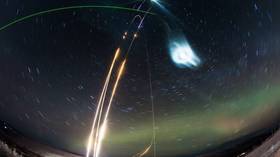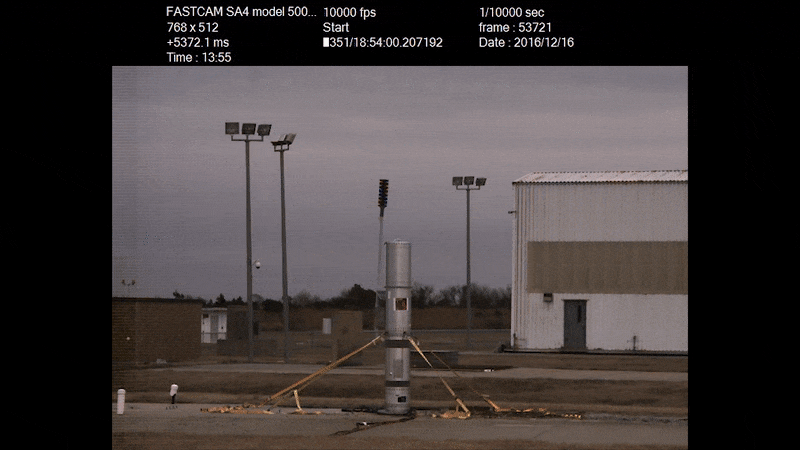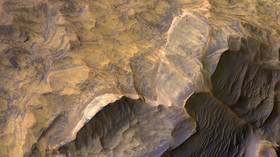NASA deliberately created artificial glowing clouds in unusual weather control experiment

NASA recently unveiled a rather mesmerizing experiment, the Super Soaker mission, in which they fired a small rocket into the upper atmosphere which the agency then detonated to create artificial, glowing clouds… for science.
High-flying clouds that shine in the darkness above the polar caps are known as polar mesospheric clouds, or PMCs. They are essentially swarms of ice crystals high in the atmosphere that catch sunlight in an unusual way.
Research into these glowing clouds could yield important insights into the conditions of our atmosphere, a key component to maintaining life on Earth, as space traffic continues to gather pace.
The members of the Super Soaker mission set out to create their own PMC at the worst possible time: January in the Arctic. This time of year is typically not conducive to PMC formation, meaning there wouldn’t be any interference from naturally occuring glowing clouds.

The team launched a small, suborbital rocket from Alaska to an altitude of some 53 miles, at which point an explosion was triggered, releasing the payload of 485 pounds of water.
Sure enough, a ground-based laser detected the glow of a PMC some 18 seconds after the explosion, yielding important insights into the microphysics of the process and more specifically how it cools the atmosphere.
As it turns out, water vapor that high in the upper atmosphere can significantly lower the surrounding temperature, generating these haunting, icy-hued clouds in the process.

Water vapor is a common byproduct of satellites and rocket launches, meaning that as the space race heats up, the atmosphere may cool down and these glowing clouds may become a much more common sight in the night skies over certain parts of the globe.
Also on rt.com Gigantic iceberg 20 times the size of Manhattan breaks off from Antarctica (VIDEO)Think your friends would be interested? Share this story!













